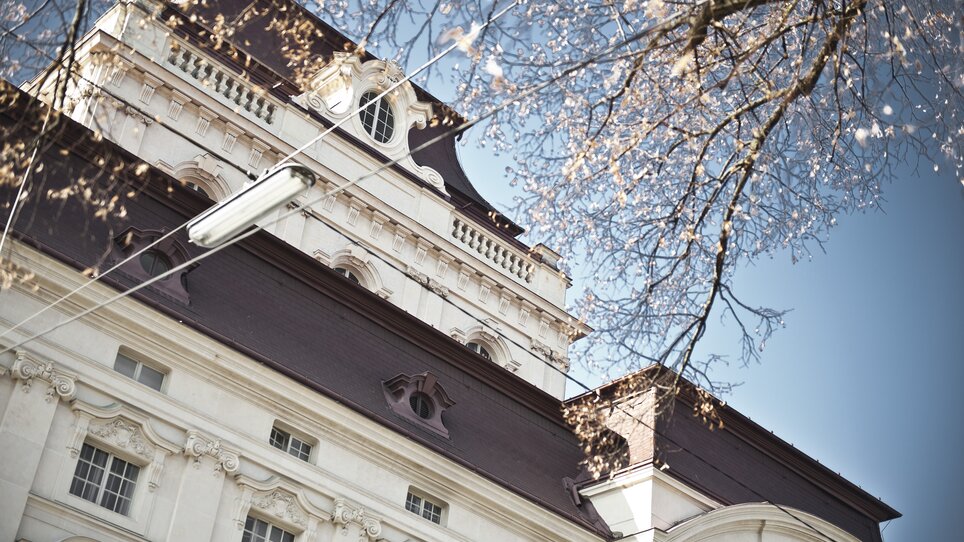Castor et Pollux
- 04/11/2026, from 19.30 to 22.15
- 04/16/2026, from 19.00 to 22.15
- 04/19/2026, from 15.00 to 17.45
- 04/22/2026, from 19.30 to 22.15
- 04/25/2026, from 19.30 to 22.15
- 05/29/2026, from 19.30 to 22.15
- 06/07/2026, from 15.00 to 17.45
- 06/25/2026, from 19.30 to 22.15
- Classic, Opera/Operetta
- Tickets for Castor et Pollux

Details
Four people going through the hell of their own emotions are at the centre of Jean-Philippe Rameau's masterpiece Castor et Pollux.
Choreographer and director Nanine Linning, already known to audiences in Graz as the director of the Giulietta act of The Tales of Hoffmann in the 2023/24 season,
is once again merging the elements of dance and music theatre that are intrinsic to French baroque opera. Her artistic partner on this journey into the human abyss
is Bernhard Forck, a specialist in early music.
Télaïre is promised to Pollux but, like Phébé, loves Pollux's brother Castor. Pollux, in turn, loves Télaïre ... - The initial conflict of Rameau's third opera
is simply insoluble. Although Pollux releases Télaïre for his beloved brother, he is killed shortly afterwards in a fight provoked by the jealous
Phébé. So that Castor and Télaïre can still be reunited, Pollux decides to bring his brother back from the underworld.
To do so, however, he must make a great sacrifice and remain in the underworld himself. And Phébé's love for Castor is still burning ...
The journey to the underworld to bring a loved one back to this world is a famous theme in world literature. As in
one of the first operas in music history, Monteverdi's L'Orfeo, Rameau also uses this topos to paint an inner portrait of the souls of his four
protagonists. In doing so, he relies on sophisticated and unconventional harmonies and the use of differentiated timbres,
with which he virtually revolutionised French opera after Lully.
After the premiere in 1737, the composer subjected the tragédie mise en musique to a far-reaching revision that streamlined the plot,
which was to celebrate a groundbreaking success in its second version in 1754 - and certainly contributed to Camille Saint-Saëns' judgement of
100 years later: ‘The immortal Rameau is the greatest musical genius that France has ever produced.’
Public transport: Tram 1, 7 I Stop: Kaiser-Josef Platz/Opera


